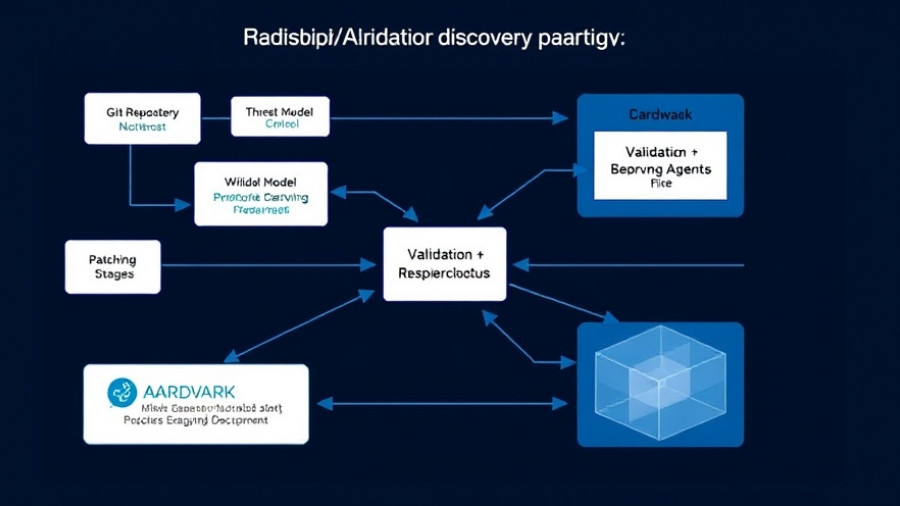
The Potential of Agentic AI Browsers: What Lies Ahead
Palo Alto Networks CEO Nikesh Arora recently voiced his concerns about the introduction of agentic AI browsers in the enterprise sector during an interview on CNBC with Jim Cramer. His insights reflect a crucial aspect of adopting new technology: the balance between innovation and control. Arora pointed out that without appropriate security measures, these AI-driven browsers may face significant resistance in enterprise environments.
Why Security is Paramount for Agentic AI Browsers
Arora emphasized that for agentic AI browsers to gain a foothold in enterprises, security protocols must be robust. This means that users should feel confident when granting autonomy to AI agents that can perform various tasks—like booking flights or ordering food. The incorporation of credentials and enterprise security features becomes a non-negotiable requirement. Without them, enterprises are likely to deem such technology too risky.
Agentic AI: A Double-Edged Sword
While the idea of an AI agent that can soothe mundane tasks is appealing to consumers, enterprises will take a more cautious approach. This split in perspectives might be part of the broader conversation about how traditional organizational structures align with the evolving capabilities of AI. Arora recognizes this friction and suggests a need for rethinking security measures in this new frontier.
Future Predictions: How Enterprises Might Embrace AI
Looking ahead, the trajectory for agentic AI browsers will depend significantly on the development of security controls. Arora predicts that if these controls are not integrated within the next 24 months, enterprises will likely resist adopting agentic browsers. However, there is a tangible opportunity here; developers and innovators who prioritize security in their designs stand to capture a vital market segment.
Comparative Insights: Consumer vs. Enterprise Acceptance
Consumers generally welcome the adoption of agentic AI concepts with open arms, as these systems promise efficiency and enhanced user experiences. For instance, users favor apps like Google Assistant and voice-enabled technologies in everyday tasks. But the enterprise environment could show a stark contrast—where efficiency is needed, the fear of data breaches and loss of control remains paramount. Thus, building a bridge between these divergent attitudes toward AI could unlock new potentials for both realms.
Bridging the Gap: Implementing Security in AI Development
In response to concerns voiced by leaders like Arora, developers should focus not only on creating innovative solutions but also on embedding necessary security features from the ground up. This dual focus could include tokenization, real-time monitoring, and advanced encryption methods to protect user credentials—key features that could engender greater trust in agentic AI technologies.
Embracing Agentic AI: A Vision for the Future
Palo Alto Networks’ approach to agentic AI prompts us to consider how to marry security with innovative solutions. As organizations continue to explore these technologies, it’s vital for stakeholders—from tech developers to business leaders—to ensure that AI can be both efficient and secure. Under the right conditions, agentic AI browsers could transform how tasks are managed in both personal and professional settings.
In conclusion, understanding the enterprise's hesitance toward agentic AI serves as a reminder of the responsibility tech developers hold. As we stand on the brink of this technological evolution, let's strive for an approach that prioritizes user safety without stifling innovation. Explore these advancements and consider their impact on your everyday life!
 Add Row
Add Row  Add
Add 




Write A Comment